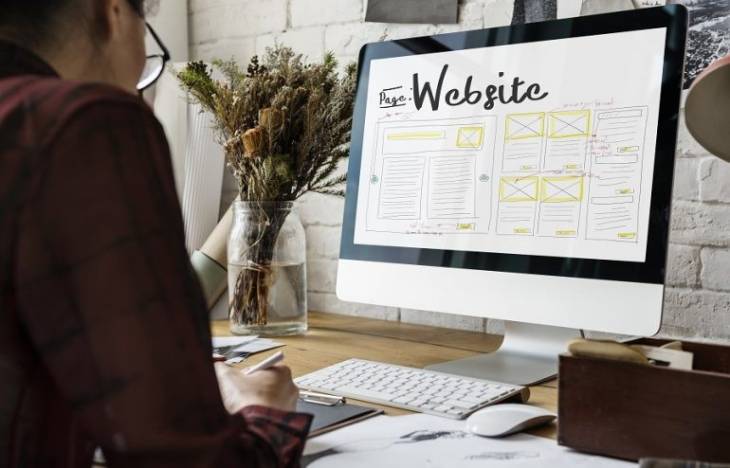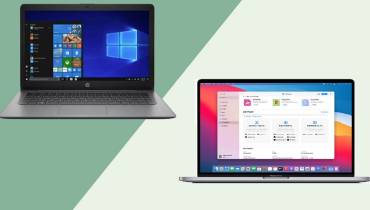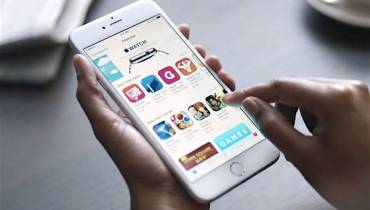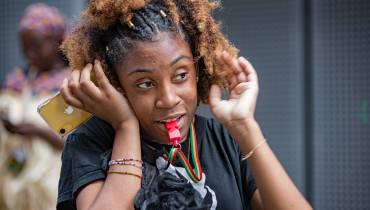The Job of a Web Designer: Ensure Usability, Desirability, and Utility in UX Design

When it comes to user experience (UX) design, there may be a couple of questions that may come up in mind about the job and responsibilities of the designer. Among many such responsibilities, one particular aspect of the role of the UX designer is to compare the usability of their design with the desirability. It is also their job to consider the utility of their design.
All these ensure that their product is:
- Useful
- Functional and
- High in performance.
Ideally, modern UX design involves four different and vital levels. These are the levels that will determine the degree of satisfaction that the product provides the users with. These levels are:
- Utility
- Usability
- Desirability and
- Brand experience.
Out of these levels, the two most significant ones are usability and desirability, on which a designer has more control. However, it is essential to look into the other levels as well so that you know why accurately differentiating usability and desirability is so crucial.
The utility is the first step of user experience. A product of high utility will be able to answer questions like:
- How useful is it to the user?
- Does it meet the needs?
- Does it have a purpose?
- Do the users accept it?
Therefore, without utility, there is no user experience because there will be no user in the first place.
Usability and desirability come up next. Usability is the base level without which it is not possible to create a positive and worthy user experience.
Desirability, on the other hand, is the lasting mark created by the product on the user. Without it, the UX will not be memorable and recommendable.
Defining usability
According to The Nielsen Norman Group, usability can be defined as the quality of the product and its attributes that help in assessing how easy the user interface is to use. It refers to the methods that the designers follow to improve the UX design process to make it easy to use.
Nielsen adds that usability can be broken down further into these five elements:
- The ease with which a task can be completed by a user in the UI when they use it for the first time
- The speed with which such tasks can be completed
- How easily can a user find their way again or return to it intuitively having not used it for a period
- The number of errors made by the users including severity and how fast they can recover and
- The pleasing factor of the UI is to the users.
If the design of the product is faulty, it will not be usable and lead to disastrous consequences for the app, website, or the platform such as:
- Leaving of the users
- Drop in the level of conversions and
- A decrease in sales and revenue.
A usable app will help the users to complete a task fast with no friction or crashing of the app in between, making it impossible to complete a job by the users.
Defining desirability
Desirability is all about emotional appeal rather than the rational or cognitive aspects of user experience. It determines an app on different factors and parameters of experience, such as:
- Fun
- Engaging and
- Exciting.
A product can fail even if it is useful and easy to use if it lacks desirability. On the other hand, if the desirability is high, people will use that product even if it has poor usability. This is because people consider a product to be useful to them only if it is engaging. They do not bother if the instructions are confusing, navigation is hard, readability is poor, and the settings menu is hard to find if only it is highly engaging.
A significant part of this desirability is attributed to innovative visual design that will create a strong visual appeal, and this is what a UX staffing agency looks for in an aspiring UX designer while recruiting.
Usability and user experience
Therefore, if you want to provide better user experience, you must focus on the usability and desirability factors, but more on usability. This is because:
- Usability will relate to the effectiveness, satisfaction, and efficiency of the product that will help the users to achieve different specified goals in any given setting.
- The primary aim of the website is to make it easy to use and navigate that will make the users happy before, during, and after interacting with the site.
- The user experience design process involves providing more meaningful, memorable, and relevant user experiences.
Usability, therefore, will create a better impact on the minds of the users. This will, in turn, improve the relationship between the brand and the user when done correctly. This is because the UX will give the customers what they want and, at the same time, provide them with the checklist features.
All this can only be achieved when the User Interface is usable, intuitive, simple, and typically learnable. This will create a positive and pleasing user experience. It is, for this reason, it is seen that in most of the cases, the UX professionals ask the usability professionals to validate their designs.
Facilitate user testing
To ensure the usability and desirability of your design, you should perform thorough user testing. This will enable you to know how exactly the users interact with the given product. One good thing about user testing is that it does not need to be live, though it can be.
Therefore, ensure that you build a prototype and conduct user testing on it rather than spending your valuable resources on developing a product that is not received well by the end-users.
Ideally, you can divide user testing into four main phases, such as:
- Preparations
- Conducting sessions
- Recruiting users and
- Data Analysis.
This specific approach will ensure better UX validation considering the different use cases and key scenarios faced by the user groups. Do this before your product hits the market to get all those confusing yet essential information and know whether or not there is any specific area that you need to work on to improve your product.
















![7 Inspirational Quotes to Uplift You [INFOGRAPHIC] young-woman-inspired-notes-smile-inspiration-quote](/sites/default/files/styles/video_thumbnail_bottom/public/young-woman-notes-smile-inspiration-quotes.jpeg?itok=DqYtOSE1)





